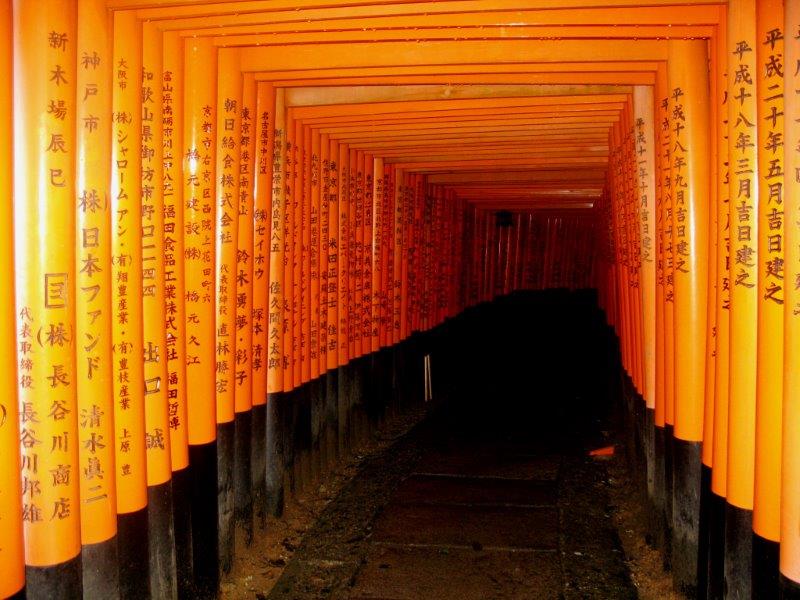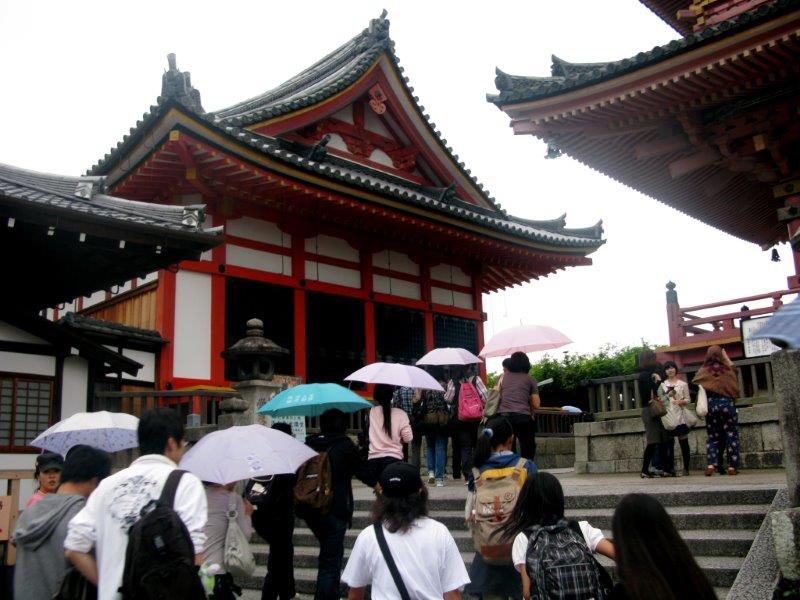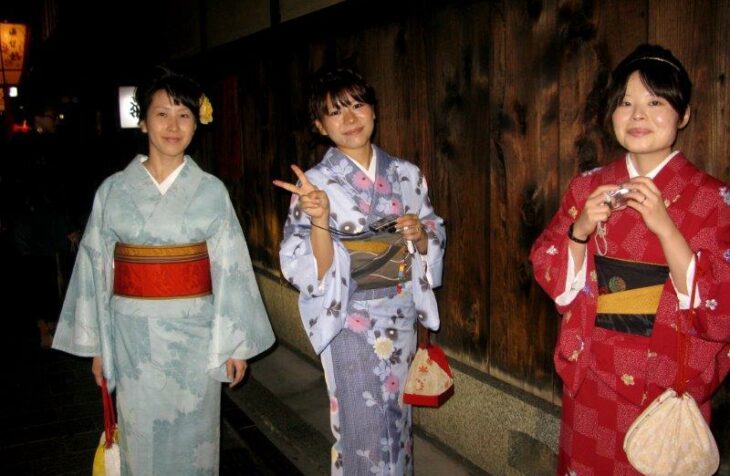Let’s go to Kyoto
Undoubtedly the most beautiful city in Japan. Let’s go!
Kyoto Temple Town Japan

Between 794-1868 Kyoto was the imperial capital of Japan. Today Kyoto is the 7th largest town in Japan and has a population of 1.4 million. According to one of our guides it attracts a staggering 70 million tourists a year and for good reason. Due to its historic importance it was dropped from one of several target cities chosen for the atomic bomb and was spared air raids during the Second World. Home to 1600 Buddhist temples, 400 Shinto shrines Kyoto houses 20% of Japan’s national treasures.Lets look at a few of the most important ones.
Kyoto Imperial Palace
It is no longer the residence of the Imperial Family and Kyoto is no longer the Imperial capital of Japan. It was moved to Tokyo in 1869. The palace was subject to several fires over the years and the current construction dates back to 1855. Even though the capital of Japan was moved to Tokyo there was an order to preserve the palace in Kyoto. Tours of the palace are free and they take place several times a day. Unfortunately you can’t just turn up, they need to be booked in advance through the Imperial Household’s Agency in Kyoto Imperial Park. CLICK HERE TO BOOK
Fushimi Inari Shrine

The shrine sits scenically at the base of a mountain, not far from Kyoto. Take the JR line to Fushimi Inari station and the entrance is literally only a few minutes walk. There is no charge to go into the shrine and it’s an amazing walk. This shrine is the head shrine of the Inari who is the Shinto God of rice and the fox, who is represented by many statues along the route is believed to be his messenger.There are hundreds of Torii gates along the route and some amazing views to enjoy along the way.
Nijo Castle

The castle occupies a surface area of 275,000 square meters. Construction of the castle began in 1603 by the first Tokogawa Shogun, Ieyasu and was completed in 1626 by the third Shogun, Iemistu.The Ninomaru Palace’s main building has 33 rooms and over 800 tatami mats. No less impressive are the Ninomaru Gardens with the Ninomaru Bells and the surrounding moat. The castle is in central area of Kyoto and easy to reach by public transport.
Kiyumizu-dera (Pure Water Temple).

This is one of the most celebrated temples in Japan and is situated in the Eastern part of Kyoto. It is justifiably famous for its wooden platform that juts out and its fabulous views. The Temple dates back to the late 8th century. The current buildings were constructed in 1633 and not a single nail was used in the construction.Look out for the Jishu Shrine. Inside you will find two stones dedicated to the deity of love. They are approximately 20 meters apart and it is said that if you can walk between the two stones with your eyes shut you will find love. Nothing to lose!
The Golden Temple – (Kinkakuji)

Situated in the northern part of Kyoto you can easily reach it from most parts of town on the #59 bus. So named because the top two floors are covered completely in gold leaf. It was once the retirement villa of the Shogun Ashikaga Yoshimitsu who upon his death in 1408 declared in his will that the building should become a Zen Temple of the Rinzai sect. It has burnt down several times in its history. The current building is from 1955. Dont forget to throw a coin in the lake for good luck.
The Ryoanji Temple

The Ryoanji, famous for its Rock Garden. The Ryoanji was originally a villa owned by an aristocat. In 1450 it was converted into a Zen Temple.The garden measures 25 meters in length and 10 meters in width and consists of 15 strategically placed rocks placed on a base of white gravel. The idea is to sit quietly, gaze at the rocks, and contemplate what it all means to you. Apparently the idea here is to find some inner meaning to it all.
Ichimura Mamoru Museum

I stumbled across Mr. Ichimura Mamoru quite by accident. I was simply taking an early morning walk in the Gion area of Kyoto, checking out some temples when I found myself across the street from an intriguing sign. Fortunately Mr. Ichimura was awake and I ventured inside to find a charming gentleman in what was most certainly a very small space. He greeted me enthusiastically and showed me some of his work. It was a very charming way to spend 1/2 hour.
Geisha’s

Probably nothing symbolizes Japan more than the Geisha and nowhere is this more so than in Kyoto. Traditionally, especially in Kyoto a girl can start her apprenticeship to become a Geisha as early as 15. I was lucky during my time in Kyoto to be staying in Gion, whose Geisha are considered of the highest ranking in Japan and usually perform to the highest echelons of society. The prerequisites to become a geisha is of course beauty and the ability to get along easily with people. The process can take many year.
Walk in Kyoto talk in English
Walk in Kyoto, Talk in English is not a cryptic clue from a crossword puzzle, but an absolutely enchanting way to spend a few hours in Kyoto. It is a chance to enjoy some experiences you may not have on a standard tour. This little outfit was established by Mr. Hajime Hirooka, who is better known as Johnie Hillwalker. Today Johnnie doesn’t take many of the tours but we lucked out with Emmy who was amazing. You will get to see some more out of the way places and learn a lot about Japan and its amazing culture.

 Tiny Teddy
Tiny Teddy
We loved Kyoto but we loved HIroshima even more. Unfortunately many of the famous shrines are now so full of tourists that they are far from peaceful. It seems that many tourists skip over Hiroshima or do it as a day trip from Osaka, so we were often the only tourists there, which made for a far more peaceful experience.
Yes definitely i spent 2 days there and i also went to Nagasaki to understand the whole picture. they were both very sobering experiences